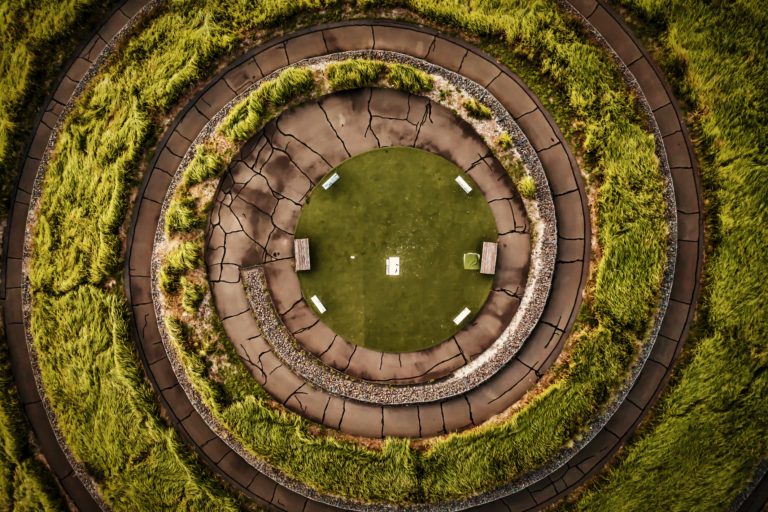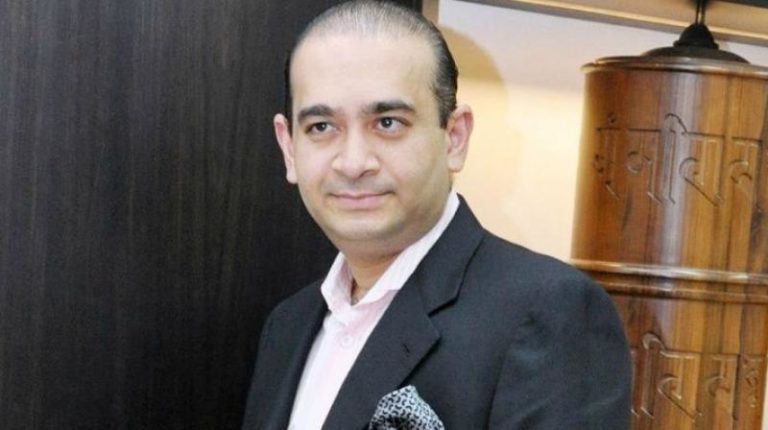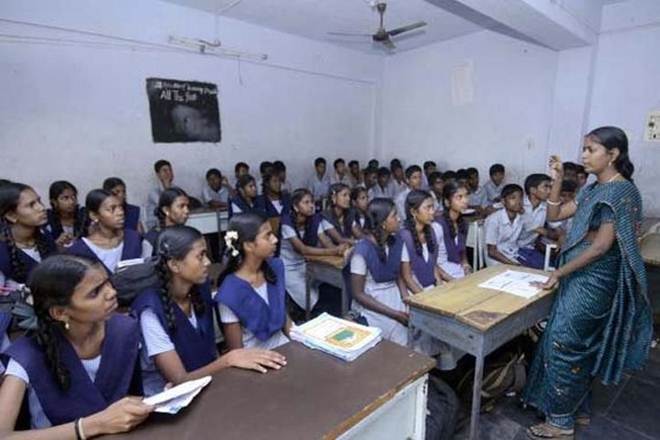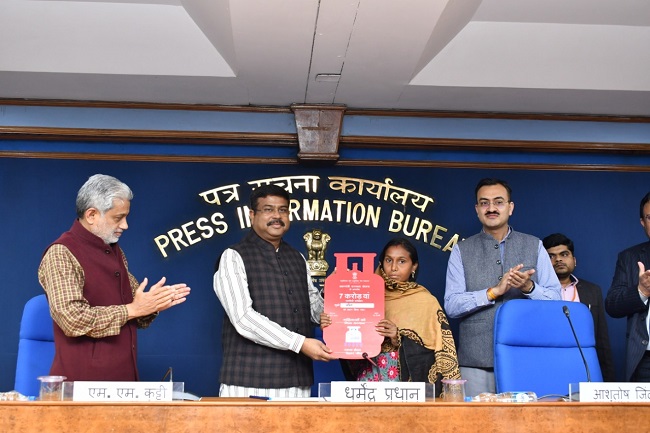—
The government of British Columbia will be introducing legislation in order to implement an international document relating to the Indigenous rights of the Indigenous peoples of Canada.
The document is a declaration entitled the United Nations Declaration on the Rights of Indigenous People (UNDRIP). This was announced in a recent throne speech.
This would make British Columbia the first province in the country to legislate the endorsement of Canada of the UNDRIP. British Columbia Premier John Horgan stated that he remains unsure as to what this may look like but the legislative councils are working on solutions.
“I know it will be more than symbolic,” Horgan said, “We need to address reconciliation in British Columbia, not just for social justice… but for economic equality for all citizens, Indigenous and non-Indigenous.”
During the campaign trail for Horgan, there was a promise to respect, recognize, and implement the 46 articles of the UNDRIP. Those recognized as human rights for Indigenous peoples around the world. One of which is the right to self-determination. Other peoples have it. Therefore, Indigenous peoples should have it. That’s elementary.
The UN Member States with Indigenous peoples and questions surrounding land and territory should acquire free, prior, and informed consent (FPIC) in order to ensure the rights of Indigenous peoples are respected in these areas.
Horgan’s NDP campaigned on a promise to implement UNDRIP, which includes 46 articles meant to recognize the basic human rights of Indigenous Peoples’ along with their rights to self-determination.
Horgan stated, “For too long uncertainty on the land base has led to investment decisions being foregone, and I believe that that hurts Indigenous people and it hurts other British Columbians.”
—
Scott Douglas Jacobsen is the Founder of In-Sight: Independent Interview-Based Journal and In-Sight Publishing. He authored/co-authored some e-books, free or low-cost. If you want to contact Scott: Scott.D.Jacobsen@Gmail.com.
—
Photo by Michael Glass on Unsplash











